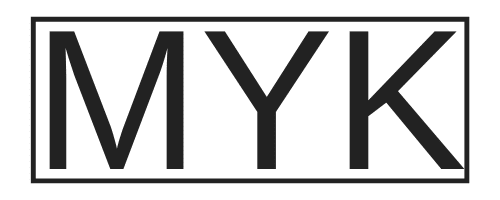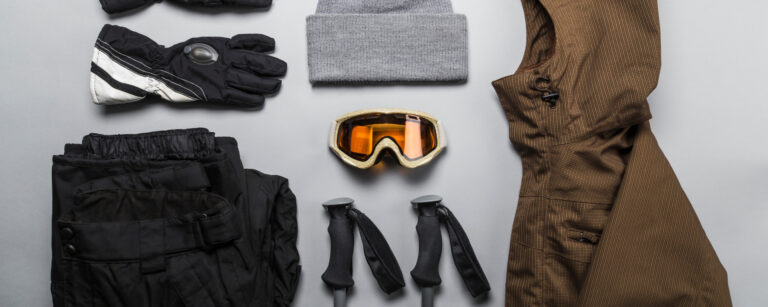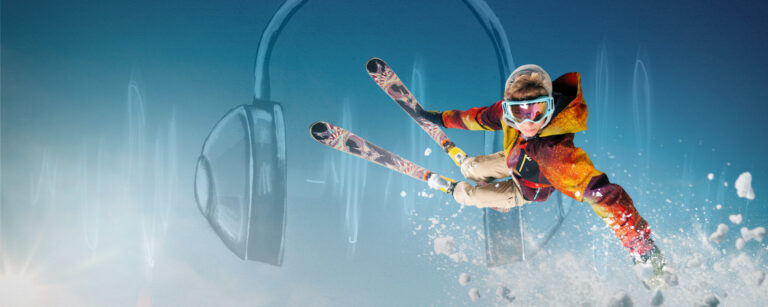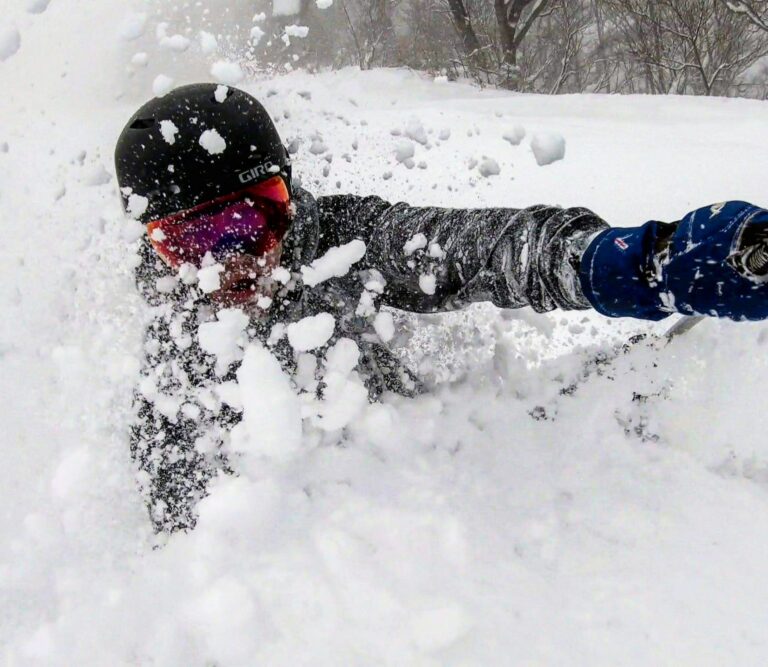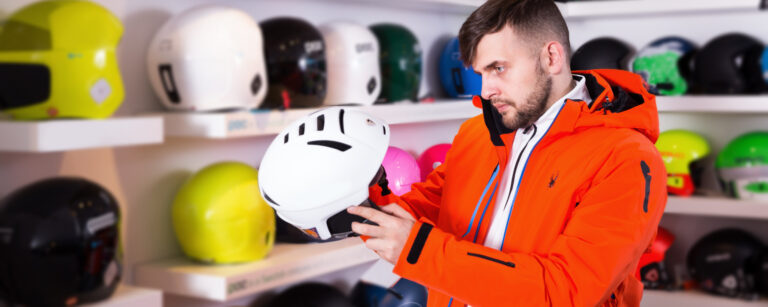How Long Do Ski Helmets Last – A Complete Guide
There was a time when no one wore ski helmets. Think the ’70s and ’80s with Glen Plake, Scot Schmidt, and Robb Gaffney.
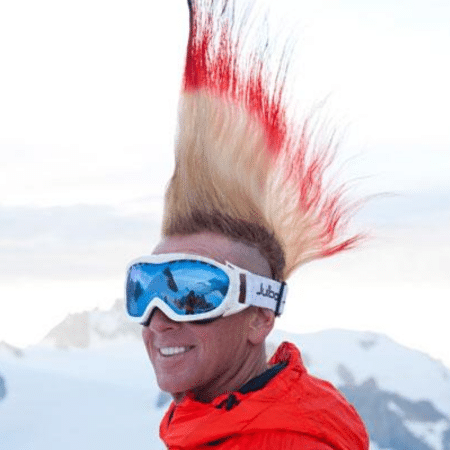
If you watch any of the old ski movies (and I highly recommend you do), no one, and I mean no one, is wearing a helmet. And these guys were hucking cliffs that would make anyone’s sphincter pucker.
In this day and age, it seems ludicrous not to wear a brain bucket. 90% of people on the hill wear a helmet, and you probably do too.
But when did you last check to see if your helmet was still up to snuff? How long do ski helmets last?
Helmets have a lifespan. They need to be replaced regularly. In this guide, we’ll show you how long ski helmets last and whether your helmet keeps you as safe as you think it is!
Ski and Snowboard Helmet Safety
Before answering your question, we should touch on why ski helmets are necessary and what sets them apart from other types on the market.
What Makes Ski Helmets Different
The best ski helmets are made to protect you from the extreme forces of a skiing or snowboarding crash. They absorb more impact than their biking, climbing, and skateboarding counterparts.
They feature an EPS (Expanded Polypropylene) foam that helps disperse and reduce the force of any impacts, cushioning your head from serious injury.
The plastic shell is made of durable materials, is thicker, and is certified to different safety standards than most bike helmets.
Safety Certifications
The two safety organizations test and certify ski helmets. They are
- ASTM (American Society for Testing and Materials)
- CE (European Committee for Standardization).
Look for their logos on the back of the helmet. If you don’t see them, it’s time to invest in a new ski helmet immediately!
When you buy a ski helmet, it should have one of the following safety certifications:
- CE EN 1077
- ASTM F 2040
The CE certification is the most common, as it’s the safety standard in Europe. The ASTM standard is more specific to ski helmets and tests for various factors, including impact absorption and side coverage.
Rotational Impacts
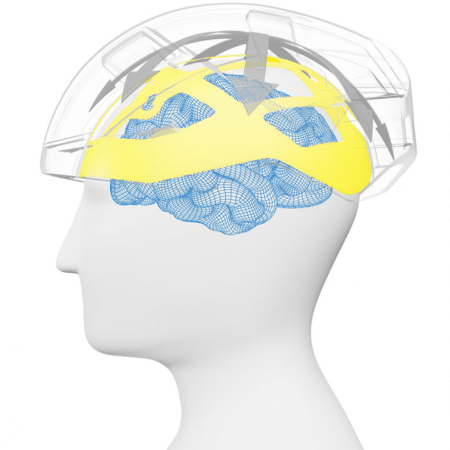
In recent years, the helmet industry has taken aim at side impacts and rotational forces. Research has shown that rotational forces, rather than direct impacts, are the most common causes of severe head injuries.
Most ski helmets now feature some form of rotational impact protection. The most popular is MIPS, but many manufacturers have created proprietary technologies that offer the same effect.
These systems have a slip-plane between the outer shell and the helmet’s inner lining, so they rotate separately upon impact. This reduces the rotational forces that can cause severe brain injuries.
How Long Do Ski Helmets Last For?
An undamaged skill helmet can last up to 5 years. But let’s face it: helmets take a beating and often need to be replaced more often than that.
Inspecting your helmet every season before packing it for your ski trip for signs of wear is essential. If you find any cracks or other damage, replace it right away! Even if there is no physical damage, the foam inside may have broken down over time, decreasing its ability to protect your head.
You Should Stop Using A Snow Helmet If
So when is it time for a new helmet? Below are some signs that your helmet’s integrity may have been compromised.
If it Has Been in a Crash:
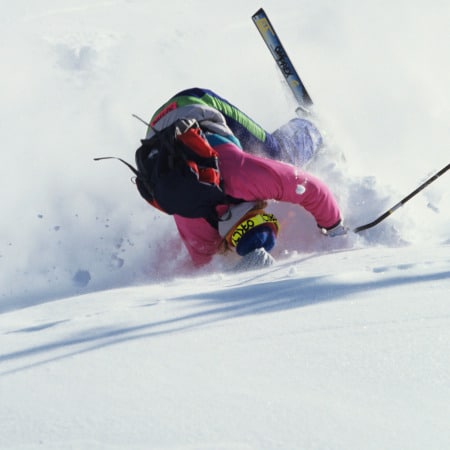
You should replace your helmet immediately if you have had a major crash. A damaged helmet may not look like it on the outside.
Signs of Damage
Look for cracks in the plastic shell, tears in the foam liner, or signs of extreme wear. If you see any of these signs, your helmet’s structural integrity has been compromised.
Sun Weathering
If your helmet has been exposed to a lot of sun, the plastic shell can become brittle and crack. Even if you don’t see any physical damage, replacing your helmet after several years in the sun is best.
It Stinks
I’ve thrown out a helmet or two because of the smell. Even with proper maintenance and cleaning, there comes a time to say goodbye to your beloved chapeau.
Ski Helmet Maintenance
Proper maintenance will help keep your helmet in good shape and smelling nice.
Cleaning Your Helmet
Cleaning your helmet is the first step in proper maintenance. To do this, use a wet cloth and mild soap. You can either hand wash the interior padding with a mild detergent or machine wash it with a gentle cycle in cold water. Allow both parts of the helmet to air dry thoroughly before using it.
Storing Your Helmet
Keep your helmet in a cool, dry place, and avoid storing it in direct sunlight and extreme temperatures when not in use. This will help your helmet last longer and keep the plastic shell from cracking. It’s also a good idea to apply a thin coat of sunscreen to the outside of your helmet for extra protection against UV rays.
Inspection Regularly
It is essential to inspect your helmet regularly for any signs of damage. Look for
- hairline fractures
- air bubbles
- wear and tear
- discoloration of the plastic shell or foam liner
If you notice these signs, it’s time to get a new ski helmet. Your safety is too important to take risks with damaged equipment!
Factors To Consider When Buying a Snowboard Helmet
When heading to an outdoor store to replace your old helmet, several factors must be considered before purchasing.
- Size & Fit: A proper fit is critical for any headgear. Ensure your helmet fits snugly and securely on your head without being too tight or loose. Check the label for sizing guidelines and follow them carefully when selecting a new helmet.
- Ventilation: Ski helmets are designed with ventilation systems to keep your head cool while skiing or snowboarding. Make sure you select a helmet with adequate ventilation and breathability for the conditions you will be facing.
- Weight: You’ll want to ensure the helmet is lightweight so it doesn’t add too much strain to your neck while skiing or snowboarding.
- Safety Certification: Before purchasing, check that the helmet has been certified by an independent safety lab and meets all applicable regulations for the country you are buying it from.
- Price: Helmets range from low-cost to high-end models. Decide how much you want to spend, and then look for a helmet with the needed features.
Conclusion
Skiing and snowboarding are dangerous high-speed sports. A helmet keeps you safe on the hill, but they have a limited lifetime. It’s essential to replace your helmet every few years to ensure it’s providing the best possible protection.
If your helmet has been in a severe impact and shows signs of sun damage or cracking, you must replace it.
FAQ
How many years should you replace a ski helmet?
Typically, a ski helmet should be replaced every two to five seasons, even if they appear undamaged.
Does a Ski Helmet Expire?
No, but they can become damaged or worn out over time, reducing their ability to protect your head. For safety reasons, you should inspect your helmet every season for signs of wear and replace it approximately every five years.
Should you replace your helmet after an impact?
Helmets are built from materials that deform to absorb energy. During minor impacts, the helmet should return to its original shape. However, if there is a severe impact or you notice any cracking in the shell of your helmet, you need to replace it immediately.
How effective is a ski helmet?
A ski and snowboard helmet significantly reduces the risk of head injuries by absorbing impact during falls or collisions on or off the ski resort.
Do you need a special helmet for skiing?
Yes, a ski helmet is designed to provide more protection than a traditional bike helmet. Look for a model that meets safety standards and is equipped with features like removable padding and adjustable straps.
